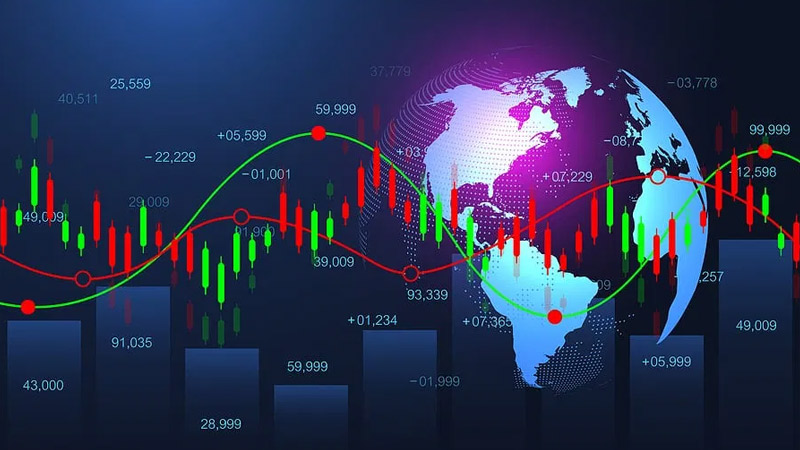
4 tips for using moving averages when investing in currency ETFs
Moving averages are one of the most commonly used technical investment indicators, and traders can use them to identify trends, trend reversals, and trading opportunities. This post will discuss four tips for using moving averages in your investing strategy.
What are moving averages, and why use them?
A moving average is a technical indicator that Forex traders use to help them identify market trends. Forex traders often use moving averages to help identify trends in the market. A moving average is a calculated average of past prices, and traders can use it to smooth out volatility or pinpoint key turning points. When Forex prices are plotted on a chart, a moving average can help filter out the noise and reveal the underlying trend.
Traders can also use it to buy and sell signals. For example, a trader might enter a long position when the short-term moving average exceeds the long-term moving average. Similarly, traders might exit a long position when the two averages reverse roles. While there is no perfect moving average formula, Forex traders often find that using a simple moving average helps lock in profits and limit losses.
How to choose the correct moving average for your investments
Regarding Forex trading, moving averages are quite popular among traders. A moving average (MA) is an indicator that shows the average value of a security’s price over a certain period. MAs are classified according to their calculation methods, including simple, exponential, weighted, and triangular.
- Simple MAs are calculated by adding up the closing prices of a security for a certain number of periods and then dividing the total by the number of periods.
- On the other hand, exponential MAs emphasise recent data by giving it more weight in the calculation.
- Meanwhile, weighted MAs give more weight to the most recent data and less weight to older data.
- Lastly, triangular MAs are calculated by taking the average of a simple MA and an exponential MA. Forex traders often use MAs to identify trends and generate trading signals.
When choosing an MA, Forex traders must consider the type of trend they are trying to identify and the timeframe they are trading in. For instance, Forex traders who are looking to identify long-term trends may opt for simple or exponential MAs. In contrast, those looking to trade in shorter timeframes may prefer weighted or triangular.
Using a moving average effectively
Forex traders often use moving averages to help them make investment decisions. If the moving average is going up, the currency gains value. Conversely, if the moving average is going down, the currency is losing value. If the moving average exceeds the currency’s price, it may signal to buy. Similarly, if the moving average crosses below the currency’s price, it may signal to sell.
While moving averages can be helpful tools, using them with other indicators is essential to make the most informed investment decisions possible.
Examples of how to use a moving average in different types of investments
Forex traders are examples of how a moving average can be used in different types of investments. Forex traders use a moving average to help them identify the trend of the currency pair they are trading. For example, the Forex trader knows that the currency pair is in an uptrend if the moving average points up. If the moving average points down, the Forex trader knows that the currency pair is in a downtrend.
Forex traders use different timeframes for their moving averages, but the most common timeframe is the 200-day moving average. Moving averages can also be used by investors who are trading stocks. For example, if a stock has been trending down and then starts to move up and crosses above its 200-day moving average, this may be a bullish signal. Investors can use moving averages in their investment decisions in many other ways. These are just a few examples.



